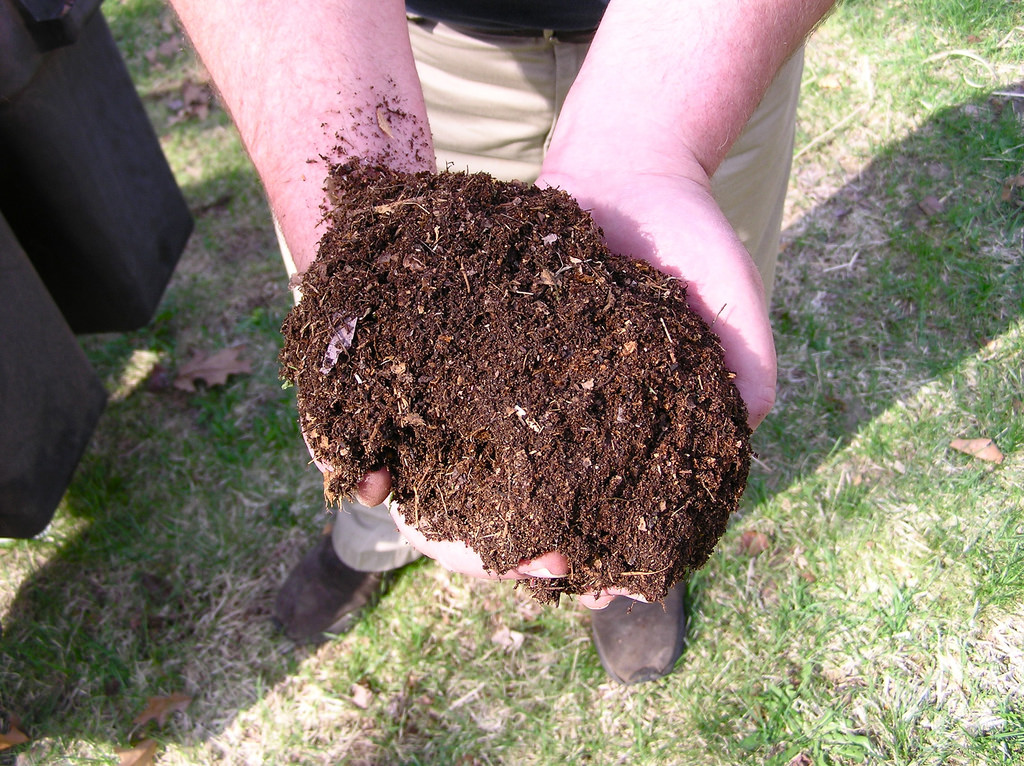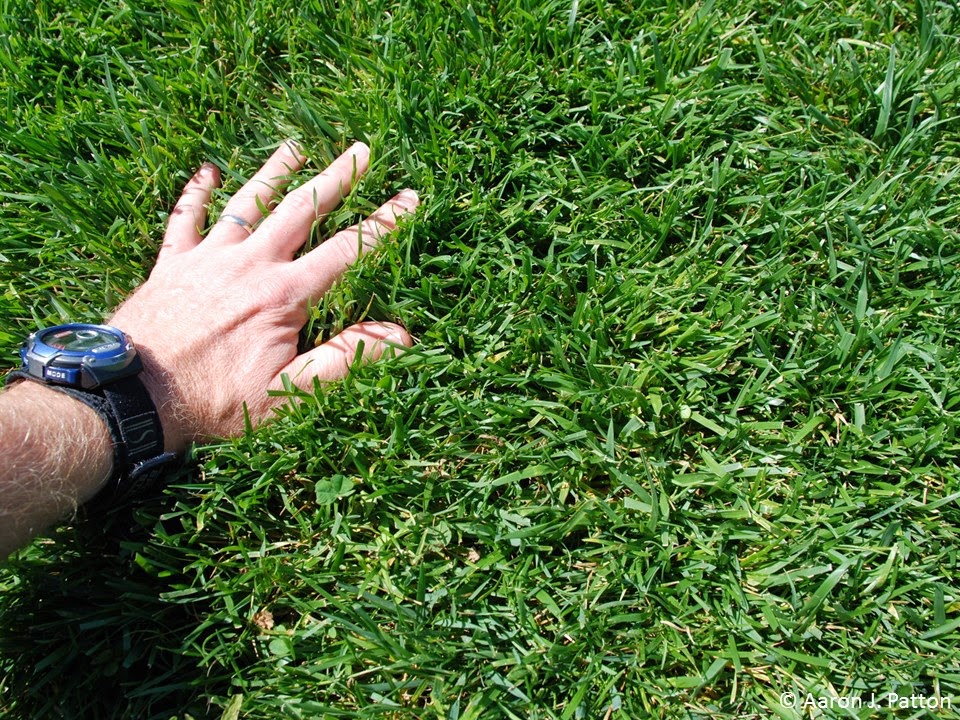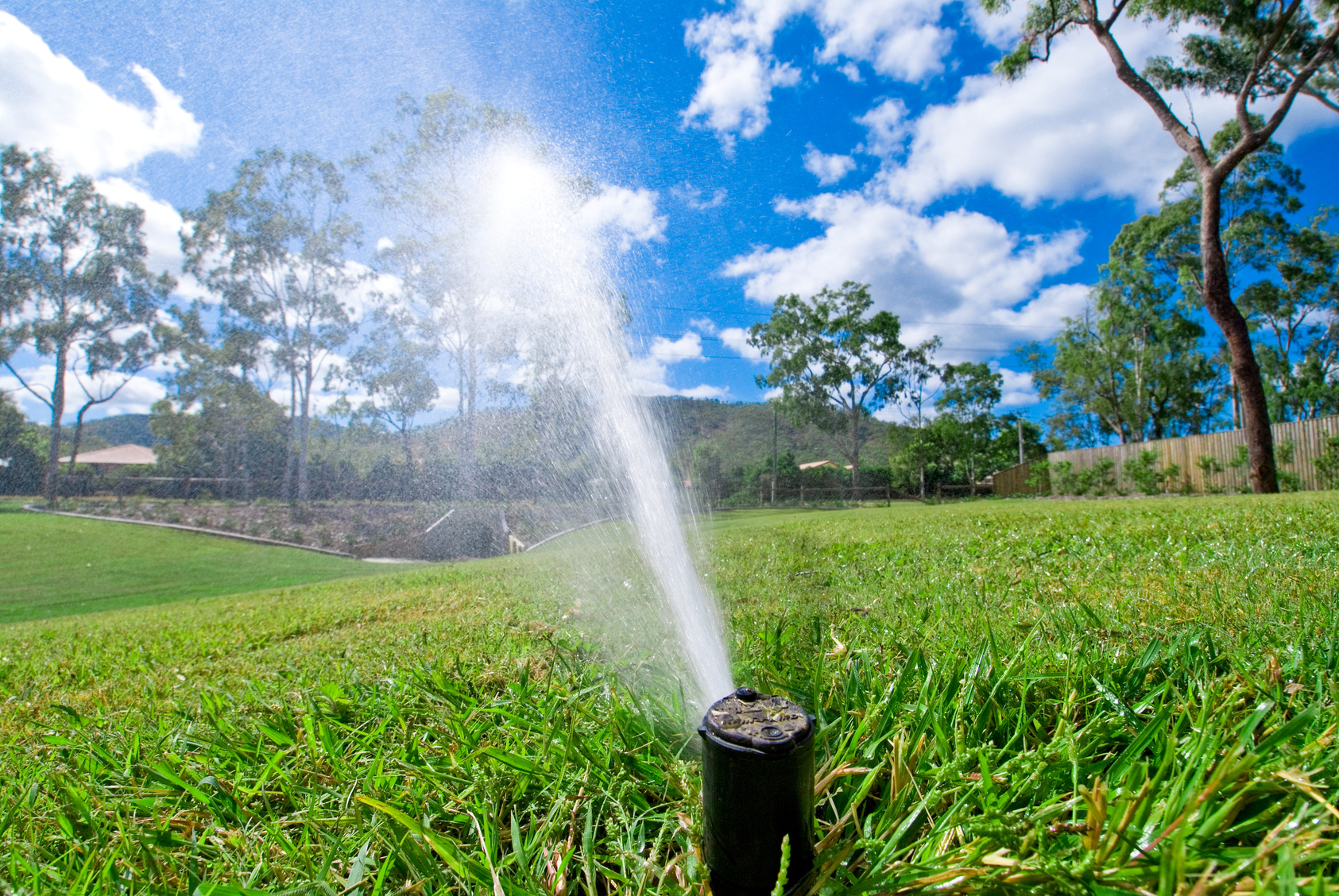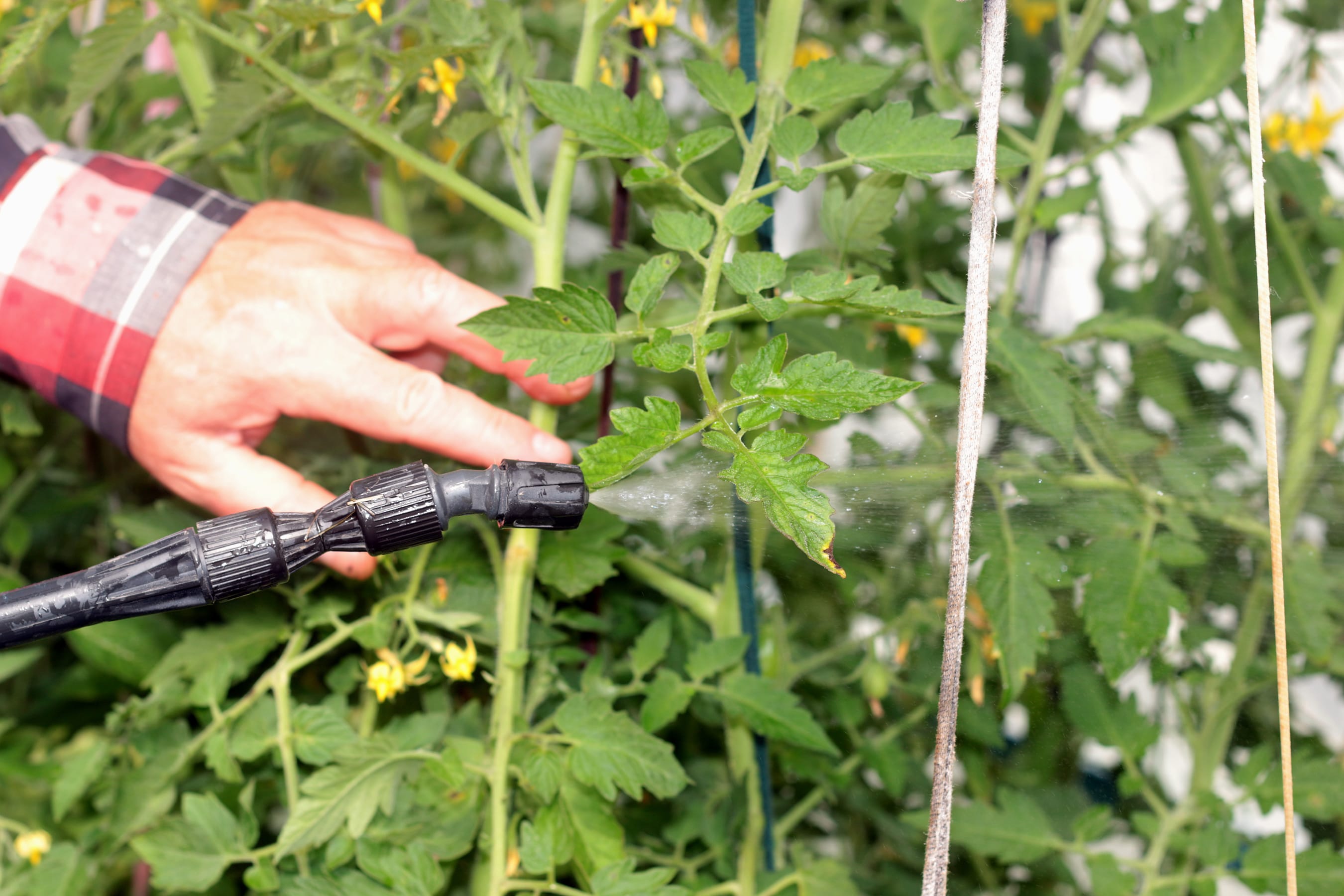Eco-Friendly Lawn Care Tips for Salt Lake City, UT

Here in Salt Lake City, we are blessed every day by the beauty of nature, and many Salt Lake residents truly understand the importance of being conscious of how what we do impacts our environment. Lawn care is one of those things worth being conscious of. Here are a few ways you can make sure you not only have the greenest lawn on the blog, but are also being eco-friendly at the same time.

Mulching
Heavy fertilizer use is one of the leading causes of eutrophication in local waterways and streams, which actually deprives fish and marine life of the oxygen they need. So when applying fertilizer, it is important to use as little as possible and avoid any being lost as runoff.
Fortunately, we create natural fertilizer every time we mow the lawn.
Next time you mow your lawn, try mulching the grass clippings instead of removing them entirely. As long as the grass clippings are small enough, they will actually act as organic mini-fertilizer, redistributing many necessary nutrients back into the soil for your grasses to use. This practice can actually reduce the amount of nitrogen fertilizer needed by a lawn by up to 1 pound per 1000 square feet per year.

Drought Resistant Grasses
There are many grass options out there for lawn owners, and some grasses are better than others in certain regions. However, there are a few grasses that are more drought resistant, no matter where they are planted.
They even can help you save money on your water bill, while requiring less water as a whole. When choosing grasses for your lawn, try sticking to Tall Fescues, or Buffalo Grass. These two grass species are both renowned for their drought resistance, and both can quickly recover from extended periods of drought.

Efficient Watering
Watering your lawn is a necessity for a healthy and green lawn, but it’s easy to waste water while doing this. In fact, the time of day and the way you water can make all the difference for how much you actually need.
Remember to only water your lawn when the soil is dry. If your soil is still moist and you still pour water over your lawn, not only will most of the excess water be lost to runoff, but turfgrass diseases will become more likely as well.
Water your lawn as infrequently as possible. Make sure the water penetrates about 6 inches down into the soil. This will help your turfgrasses grow deep, healthy root systems, make them more resistant to diseases and bugs, and require less water in the long run.
Don’t water in the middle of the day because the sun’s heat will simply evaporate most of it. Most homeowners make this mistake and end up using much more water than needed for their lawns.

Biological Pest Control
Grubs are a specific type of pest that feed on the roots of turfgrasses, causing dry dirt patches in otherwise healthy, green lawns. While many pesticides exist to take care of this nuisance, there are some natural predators for these grubs that can be used to free your lawn from their presence.
Parasitic nematodes are micro-organisms that naturally attack underground insects such as grubs. By introducing these nematodes to your soils, you can actually remove grubs and larvae responsible more effectively than many pesticides. More than 200 species of pests are vulnerable to these organisms, however, they do not harm plant life, roots, humans or animals in anyway, but are very aggressive against underground insects.
Need further help with your lawn? Visit our Salt Lake City lawn care page to get in touch with a professional! In addition to Salt Lake City, we provide lawn care services to other Utah cities, including Provo and Ogden.
Featured image source: Zillow Salt Lake City
Areas we service near Salt Lake City